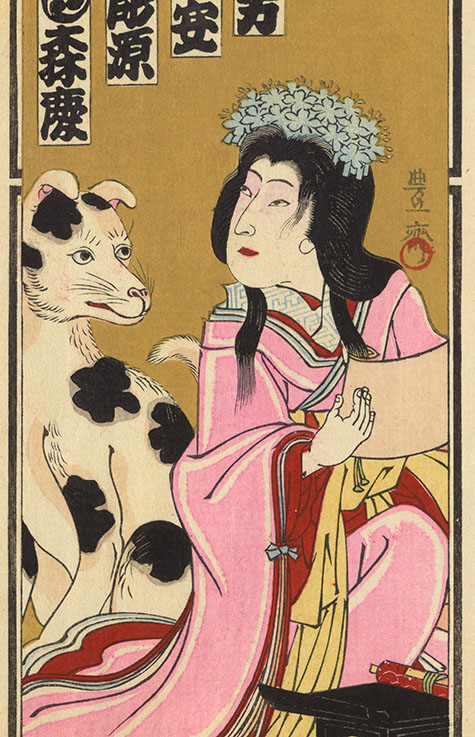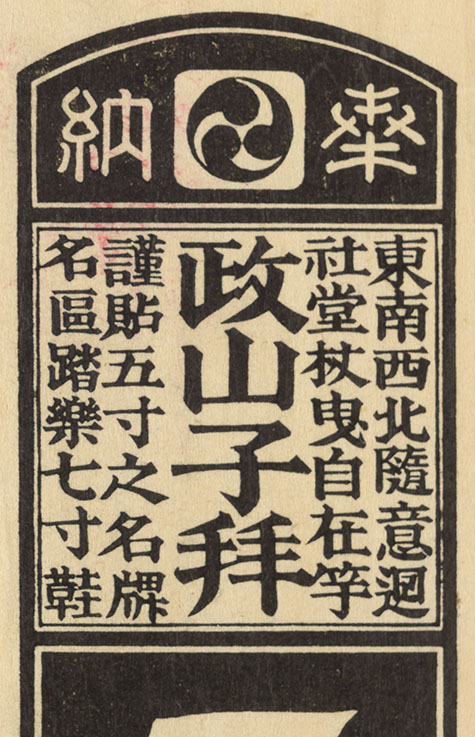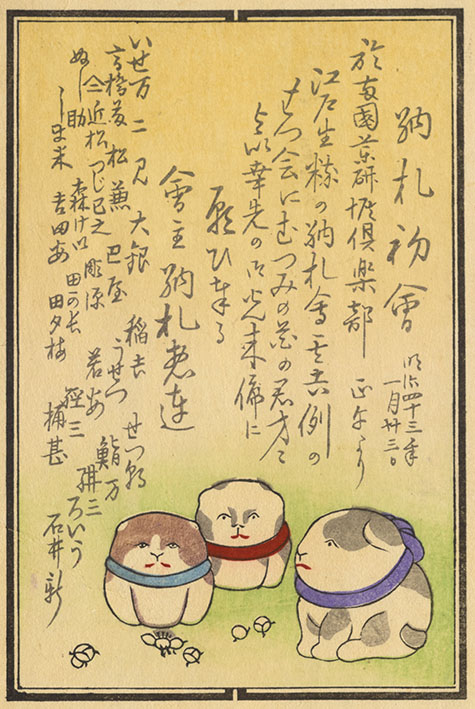The University of Oregon Libraries holds the only known collection of Japanese shrine and temple votive slips (nōsatsu) in North America.
The nōsatsu prints were collected from 1910 to around 1925 by Frederick Starr, an anthropologist from the University of Chicago, who was intrigued by the religious nature of the votive slips and the transmission of Ukiyo-e printing techniques and tropes from the Edo period to the nōsatsu of the Meiji and Taishō eras (1868–1925). Starr became a regular participant in the exchange clubs (nōsatsu-kai) that experienced a revival during that time and, like other members, commissioned highly decorative and vividly illustrated votive slips to exchange at nōsatsu-kai meetings. Starr became such an engaged and recognized figure in the nōsatsu-kai community that he was known as O-fuda Hakushi (“Professor of votive slips”).
The nōsatsu images in the University of Oregon’s collection cover a wide range of themes and topics including landscapes; depictions of figures from Edo-period popular fiction and theatre; shrines and temples; seasonal celebrations; mythical creatures; firefighters; Japanese toys and collectibles; and prints showing the activities of the nōsatsu-kai members themselves.
We would like to acknowledge the generous contributions and support of the Center for Asian Pacific Studies, the University of Oregon’s Special Collections Department and the Digital Scholarship Center.



